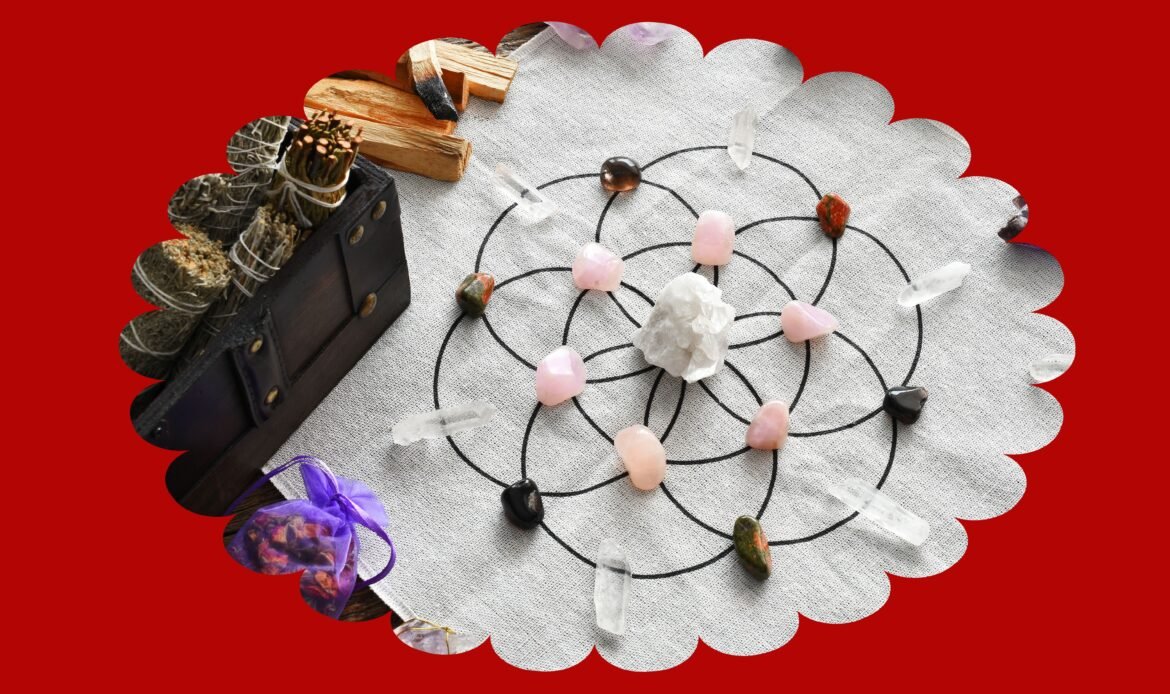Understanding Religious Healing: Origins, Benefits, Techniques, and Steps
Introduction
Religious healing, also known as spiritual healing, is a practice that has been around for centuries. It involves the use of religious or spiritual beliefs, rituals, and practices to promote physical, emotional, and mental well-being. In this blog post, we will explore the origins of religious healing, its benefits, various techniques used, and the steps involved in the process.
Origins of Religious Healing
Religious healing has its roots in ancient civilizations and is found in various religious traditions around the world. It is believed that religious healing was practiced by ancient shamans, priests, and healers who used prayers, rituals, and sacred objects to invoke divine intervention and facilitate healing. Over time, different religious and spiritual traditions developed their own unique approaches to healing.
Benefits of Religious Healing
Religious healing offers a range of benefits for individuals seeking physical, emotional, or spiritual well-being. Some of the key benefits include:
- Physical Healing: Religious healing is believed to have the potential to alleviate physical ailments and promote overall health and vitality. It is often used as a complementary therapy alongside conventional medical treatments.
- Emotional and Mental Well-being: Religious healing can provide comfort, solace, and emotional support to individuals experiencing stress, anxiety, grief, or trauma. It helps in restoring inner peace and a sense of purpose.
- Spiritual Growth: Religious healing can deepen one’s connection with their spiritual beliefs and practices, leading to a greater sense of meaning, purpose, and fulfillment in life.
- Stress Reduction: By engaging in religious healing practices, individuals often experience a reduction in stress levels and an improved ability to cope with life’s challenges.
Techniques of Religious Healing
Religious healing encompasses a variety of techniques and practices. Some common techniques include:
- Prayer: Prayer is a fundamental aspect of religious healing. It involves communicating with a higher power, seeking guidance, and requesting divine intervention for healing.
- Meditation: Meditation is a practice that helps individuals quiet their minds, focus their thoughts, and connect with their inner selves. It is often used in religious healing to promote relaxation, self-reflection, and spiritual growth.
- Rituals and Ceremonies: Many religious traditions have specific rituals and ceremonies that are believed to have healing properties. These may involve the use of sacred objects, chants, or symbolic actions.
- Energy Healing: Some religious healing practices involve the manipulation of energy fields within the body. This can be done through techniques such as laying on of hands, Reiki, or other forms of energy healing.
Steps in Religious Healing
While the specific steps in religious healing may vary depending on the tradition or practitioner, there are some common elements involved:
- Intention Setting: The individual seeking healing sets their intention and expresses their desire for healing.
- Prayer or Invocation: The practitioner or the individual engages in prayer or invokes a higher power, seeking divine intervention for healing.
- Energy Alignment: If energy healing techniques are used, the practitioner may work to align and balance the individual’s energy fields.
- Rituals or Ceremonies: The practitioner may perform specific rituals or ceremonies to facilitate healing, often involving symbolic actions or the use of sacred objects.
- Reflection and Integration: After the healing session, the individual reflects on their experience, integrates any insights, and takes any necessary actions to support their healing journey.
Conclusion
Religious healing is a practice that has been embraced by many cultures and religious traditions throughout history. It offers a holistic approach to healing, addressing the physical, emotional, and spiritual aspects of an individual’s well-being. By tapping into the power of faith, prayer, rituals, and energy, religious healing provides a pathway to healing and transformation. Whether used as a complementary therapy or as a primary approach to healing, religious healing has the potential to bring comfort, restoration, and a renewed sense of purpose to those who seek it.
Your Time is limited, so don’t waste it living someone else’s life. Don’t be trapped by dogma – which is living with the results
Jamil



